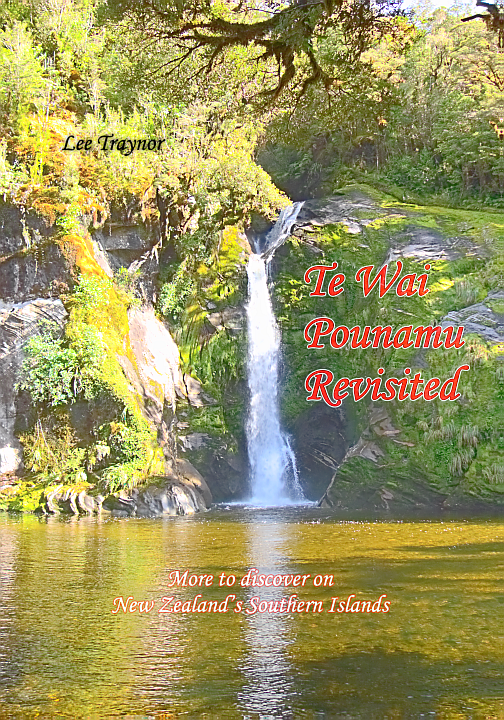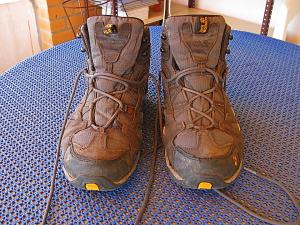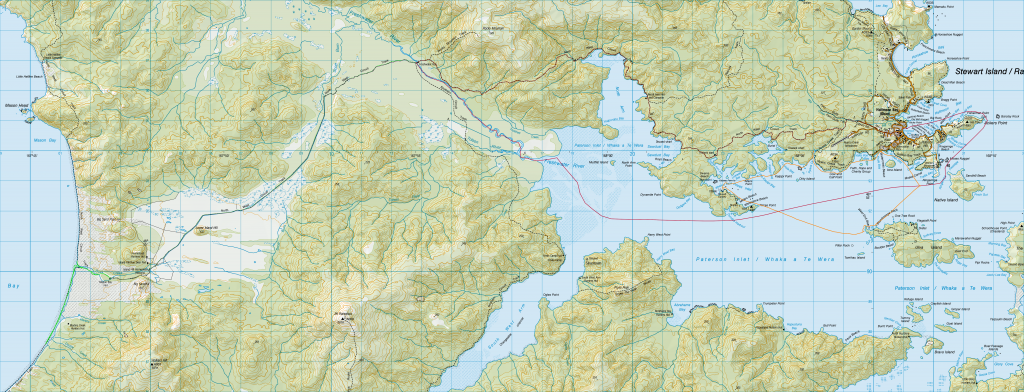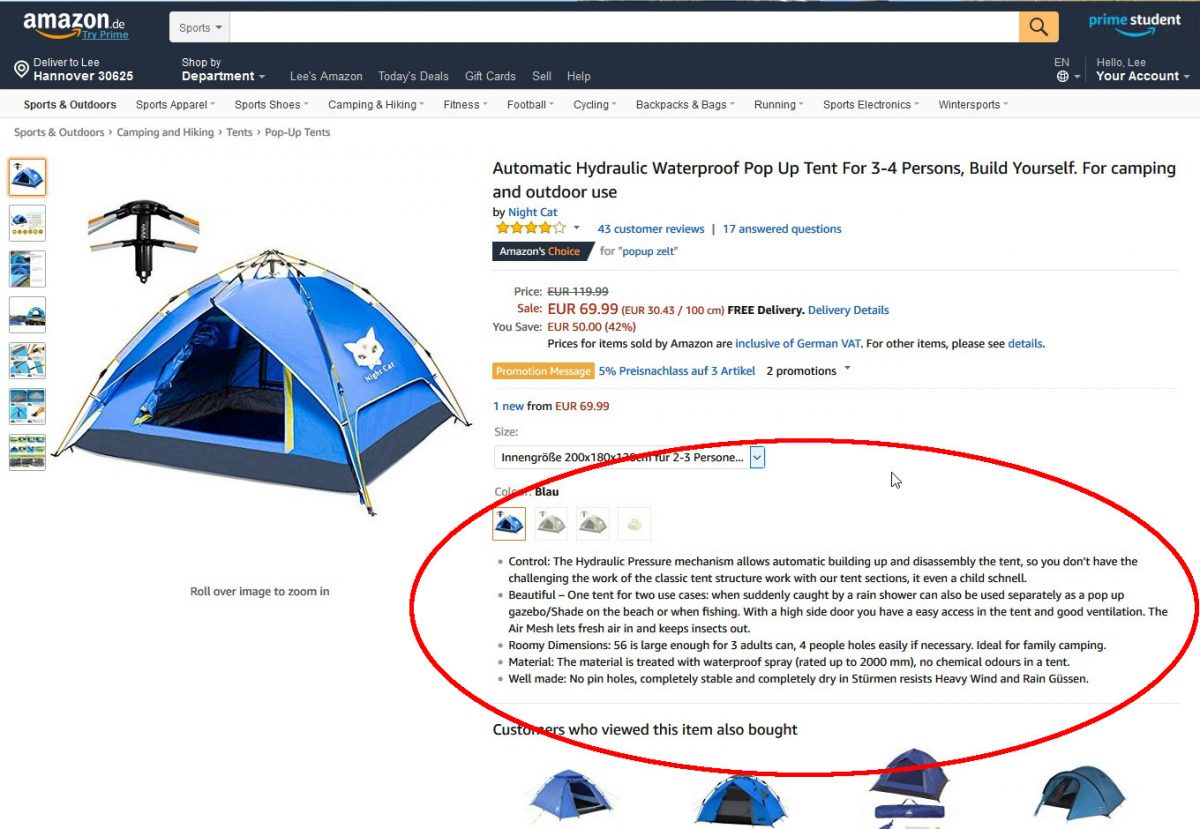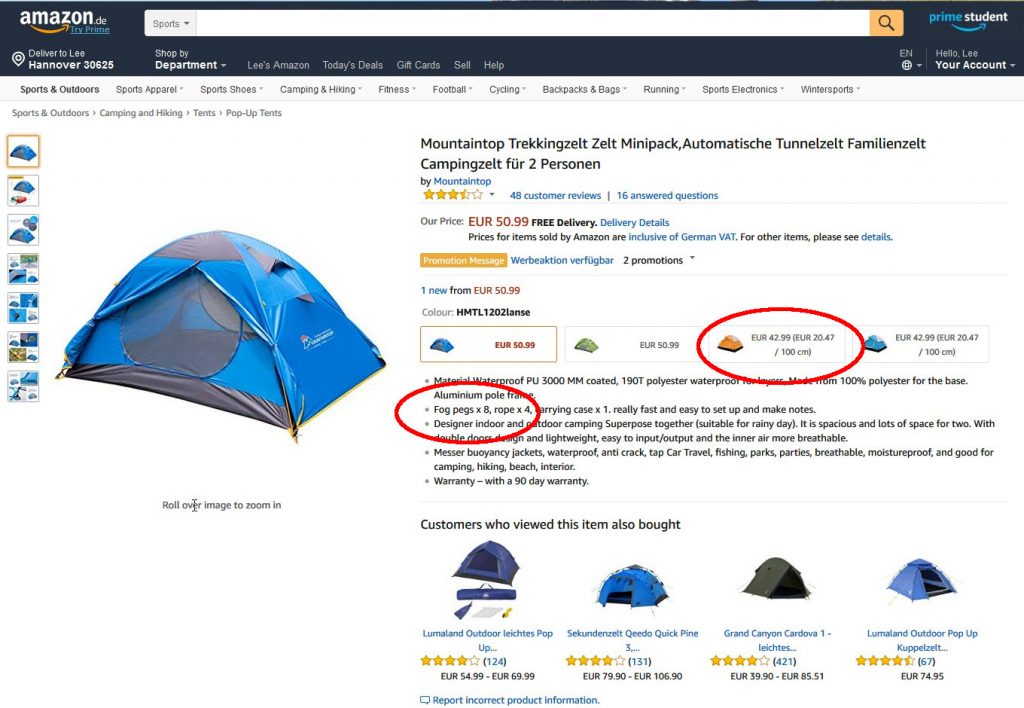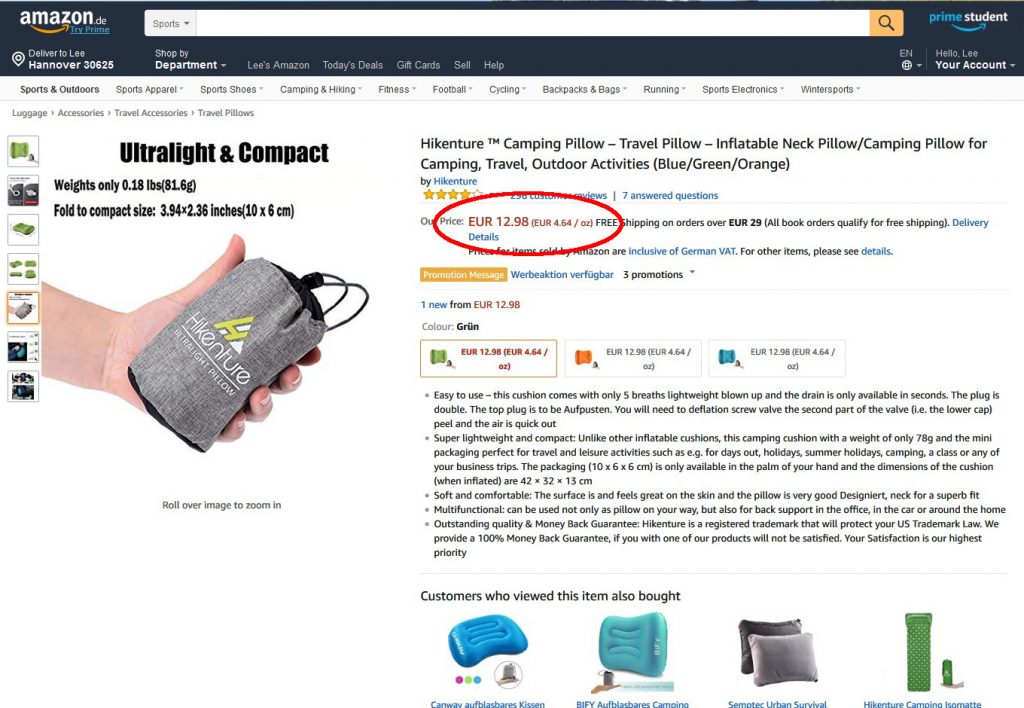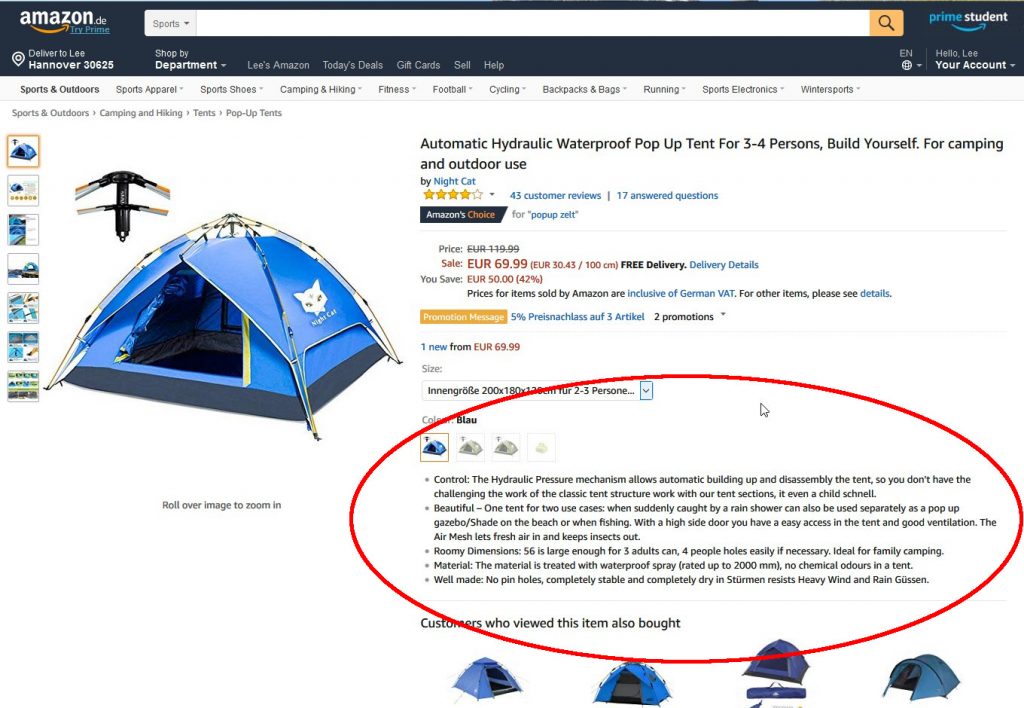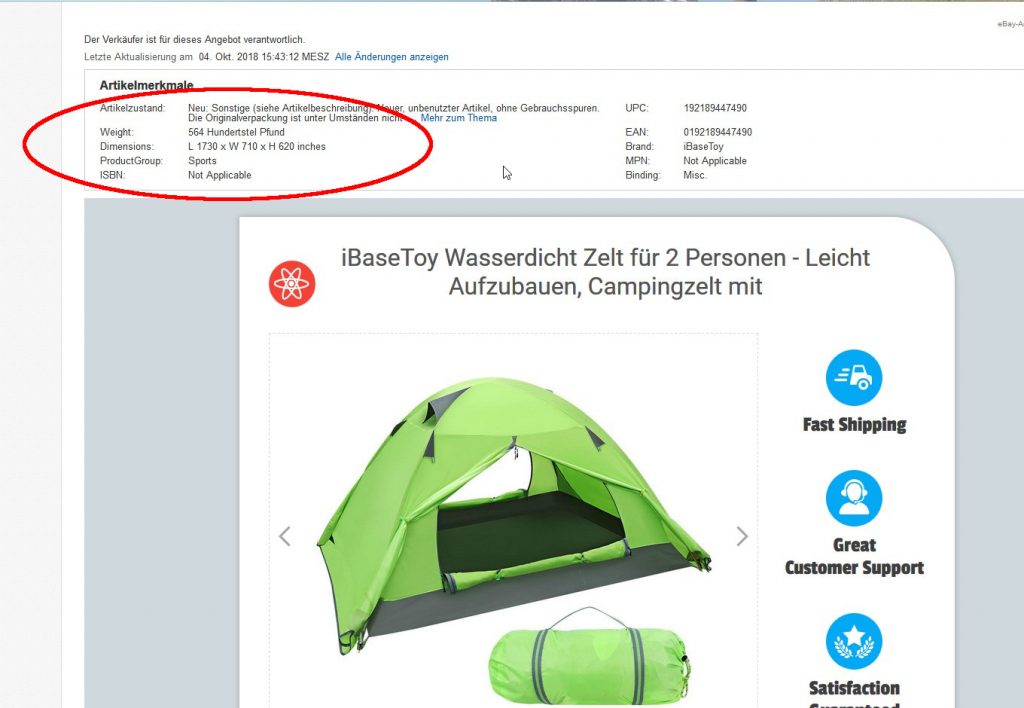An additional degree of freedom when travelling was the use of “satellite tours” where a stop would be used as a starting point for a longer tour, with an intermediate base. This meant carrying less luggage to the intermediate point, but it also required a good deal of planning and organisation.
A classical tour, such as the Dusky Track, required only a place to leave most of the luggage, while taking only what was absolutely necessary (for eight days!) on the tour. Since the starting point was Te Anau, and most accommodation hosts there are used to dealing with tourists going on longer or shorter tours, then it was just a question of asking whether storage facilities were available. At Steamers Beach/Lakeview Holiday Park, a vehicle can be parked safely for $10, and another $10 will get you a locker for as long as you need it. Everything else was packed into the backpack weighing in @ 18 kg for the tour.
The first real satellite tour, however, had already been undertaken on Stewart Island. Here the idea was to spend one night in the secondary base at Oban before beginning and after ending the tramp across the island. This would mean leaving a small bag with some fresh clothes at the hostel in Oban, as well as leaving the main suitcase in Invercargill. As there is a strict weight limit on luggage on the plane (15 kg) some of the tramping food would have to be bought in Oban (not much more expensive than the mainland, but anyhow). And this is how it went: Read more…
